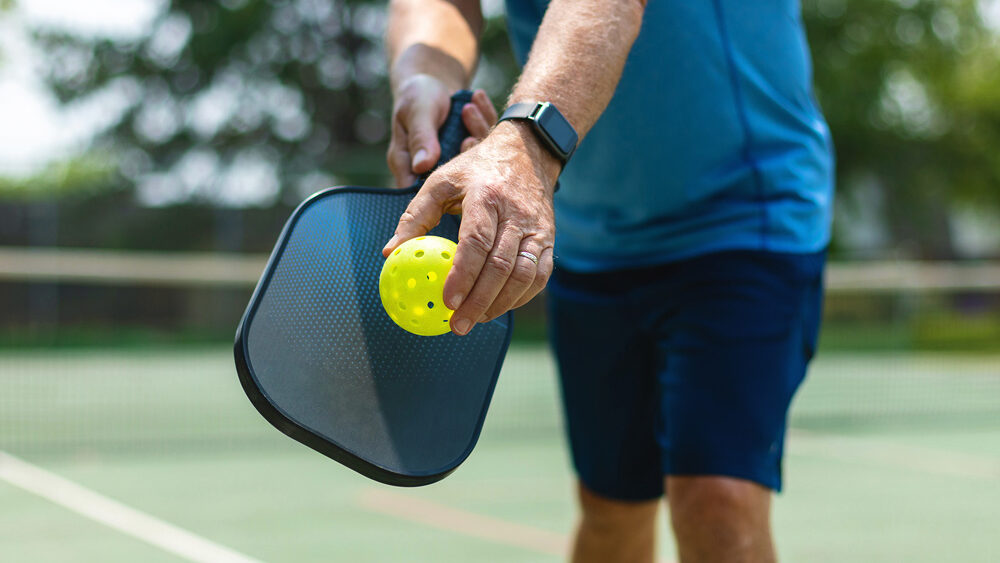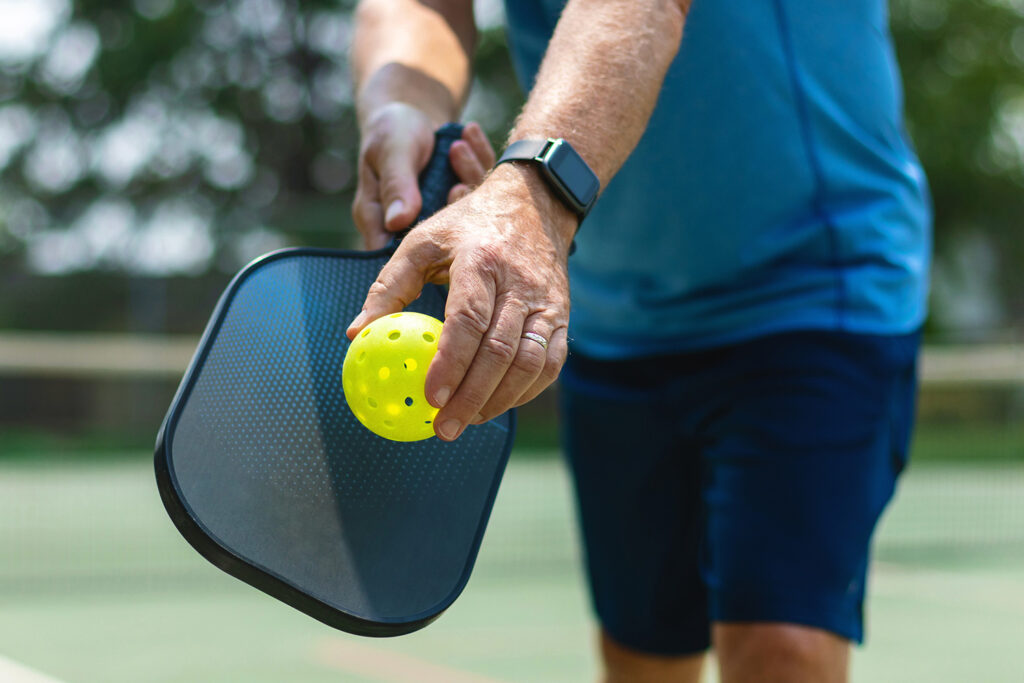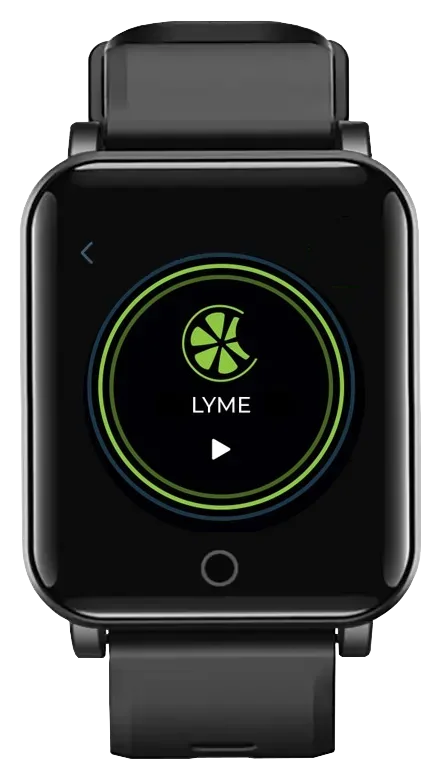We all want to be and do our best, whether it’s at the office, in the gym, or on the pickleball court. Some of us are performance-driven. Take the dedicated triathlete and Formula 1 race driver for example … both constantly searching for the silver bullet solution that trims fractions of a second off their time at the finish line. But for all the equipment and coaching we can buy and use to improve our performance, the greatest potential for a competitive edge … or just feeling better than we ever could have imagined … is within our own bodies. We are highly complex bioenergetic machines; a vast array of systems that can benefit from a little tweaking. It’s one thing to feel 100% and something else to be 100%. Performing at your best comes down to the health and interaction of the trillions of cells that make up the human body. It goes further than that: into the mitochondria that power the cells themselves.
How to know if your mitochondria are out of tune.
There are several indications that the mitochondria that power our cells may not be performing at their best.
- Muscle weakness or muscle pain.
- Vision or hearing loss.
- Cognitive issues.
- Diarrhea, constipation or vomiting.
- Acid reflux.
Mitochondria and the path to the podium.
How often have you heard that mitochondria are the powerhouse of the cell? Well- it’s true; they are critically important to optimized cell function. They’re especially key to heart and muscle function; the mainstays of athletic performance. But what are they? And where are they? Mitochondria live inside cells, tasked with managing the chemistry that powers them. There are particularly high concentrations of mitochondria in the cells of the heart and muscles. The more mitochondria, the better. And one way to up your count is to exercise. When you ask the body to provide more energy, it complies, but you still have to keep up your side of the be-your-best bargain, including:
Train smart
Don’t mistake overtraining for good training. The good exercise does will be undone if you don’t allow adequate time for recovery. It can be hard to judge when enough is enough, and if you can, it’s a good idea to hire a coach to help you set up and manage a program based more on the results you get than the effort you put in.
Hydrate well
Keep things flowing. Inadequate water will gunk up the system, slow down progress, tire you out, and make you prone to illness.
Design a powerhouse diet
Carbohydrates provide the fuel and high-quality protein creates the building blocks. Intersperse nutrient-dense meals with snacks proven to maintain energy and keep the tank full.
Manage oxygen flow
The key here is training in what is called Zone 2. The idea is to exert moderate effort for extended periods so that the body can derive the greatest benefits. Target a heart rate of 60-65%. Sometimes less is more, and a long hike with some elevation changes can do more good than a sprint up a steep hill. Get a heart monitor. And a NIKKI!
Maintain a mix of electrolytes
Sodium, chloride, potassium, magnesium, and calcium are essential to optimize nerve, muscle, tissue, and heart function. They’re part of a healthy diet, but even the best-laid diet and hydration plans may need some supplementing. Water and minerals play a huge role in peak wellness and performance.
Wear a NIKKI
The bioenergetics-based and wearable NIKKI is designed to restore and optimize cell function. NKKI sources nutrients in the body and increases the effect of those you add through supplements. If maximum performance is your goal, NIKKI is the perfect complement to everything else you’re doing right! Visit wearenikki.com

Frequently Asked Questions
What is Mitochondrial Function and How Does it Affect Physical Health?
Mitochondrial function refers to the activities and processes carried out by mitochondria, the energy-producing structures in cells. These functions are crucial for physical health as they are involved in energy production, regulation of metabolism, and even play a role in cell death. Healthy mitochondrial function is essential for maintaining energy levels, supporting muscle activity, and overall bodily functions.
How Does Exercise Influence Mitochondrial Biogenesis and ATP Synthesis?
Exercise has a significant impact on mitochondrial biogenesis, the process of creating new mitochondria. This increase in mitochondrial count enhances ATP synthesis, the creation of the molecule (adenosine triphosphate) that provides energy for cellular activities. Regular physical activity stimulates these processes, improving energy efficiency and endurance in muscles.
Can Amino Acids Affect the Efficiency of the Electron Transport Chain?
Yes, amino acids can influence the efficiency of the electron transport chain, a series of complexes in the inner mitochondrial membrane. This chain plays a vital role in oxidative phosphorylation, where energy stored in nutrients is converted into ATP. Certain amino acids are integral in maintaining the function and integrity of these complexes, thereby impacting overall energy production.
What Role Do Reactive Oxygen Species Play in Energy Transformation?
Reactive oxygen species (ROS) are byproducts of energy transformation processes like oxidative phosphorylation within the mitochondrial matrix. While necessary for cell signaling and immune function, excessive ROS can damage cell structures and contribute to fatigue and muscle damage. Balancing ROS levels is important for maintaining efficient energy transformation and protecting cells from oxidative stress.
How Can Bioenergetic Therapy Help in Managing Chronic Pain and Physical Tension?
Bioenergetic therapy is a holistic approach focusing on the interconnection between physical and emotional tension. By addressing these aspects, bioenergetic therapists aim to restore energy balance in the body, which can be beneficial in managing chronic pain. Techniques may include physical exercises, breathing practices, and emotional expression to release physical tension and improve overall well-being. NIKKI is an easy way to get the same type of benefit at any time or place.
What is the Connection Between Light Energy and Bioenergetic Red Light Wearables like NIKKI?
Light energy, particularly red light, is used in bioenergetic wearables like NIKKI to help enhance cellular function and promote healing. Red light therapy stimulates mitochondrial function and ATP synthesis, aiding in tissue repair and reducing inflammation. When combined with bioenergetic frequencies, it is a powerful tool for boosting your wellness.



